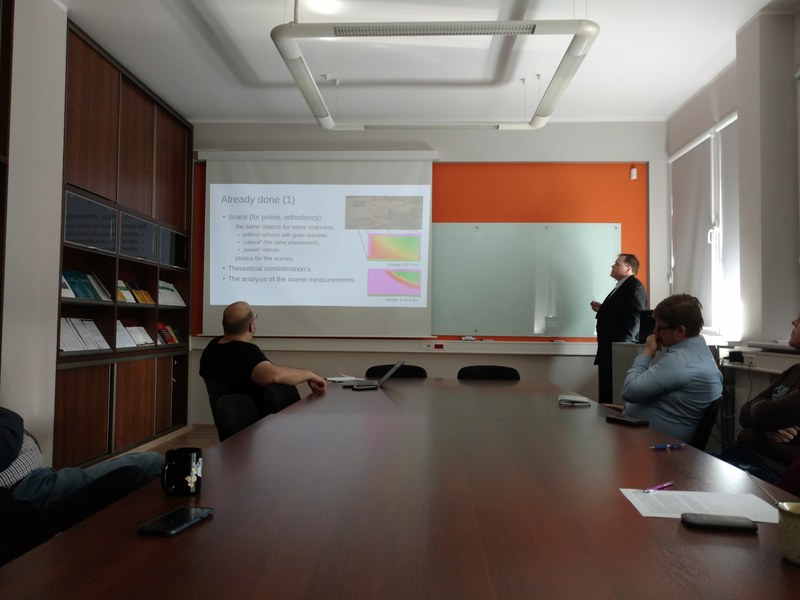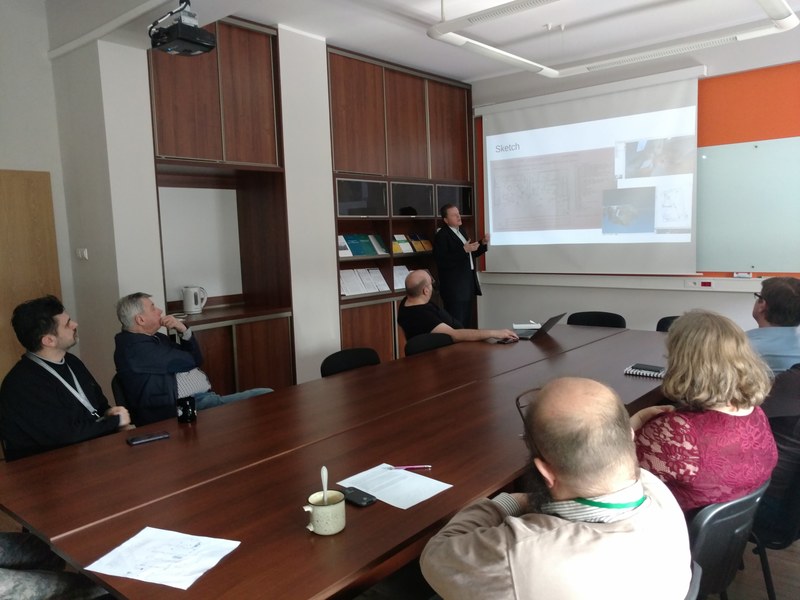Speaker:
Date:
The lecture presents the need to analyze the quality and accuracy of 3D data. 3D data (acquired by 3D scanners, or medical imaging) are often used in applications that require measurements. The applications include medical diagnostics and criminal site investigation. The lecture presents methods that will be used to describe the quality and accuracy of 3D data obtained from the scanner through data processing.


